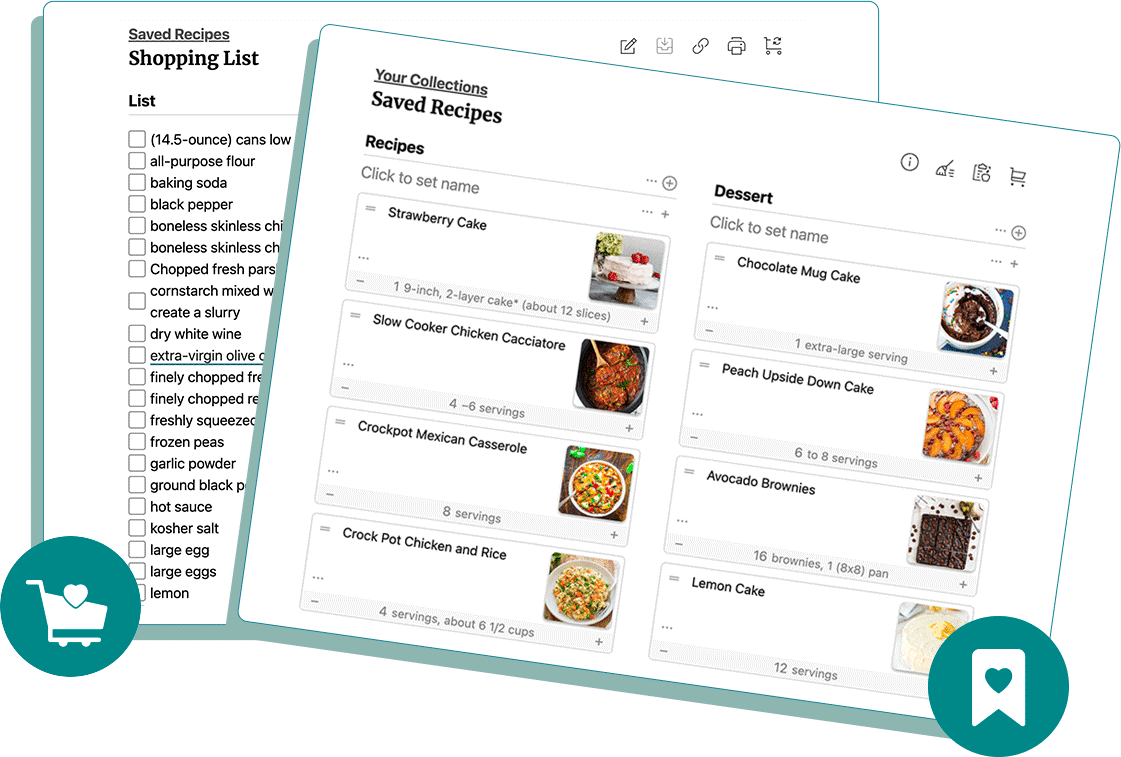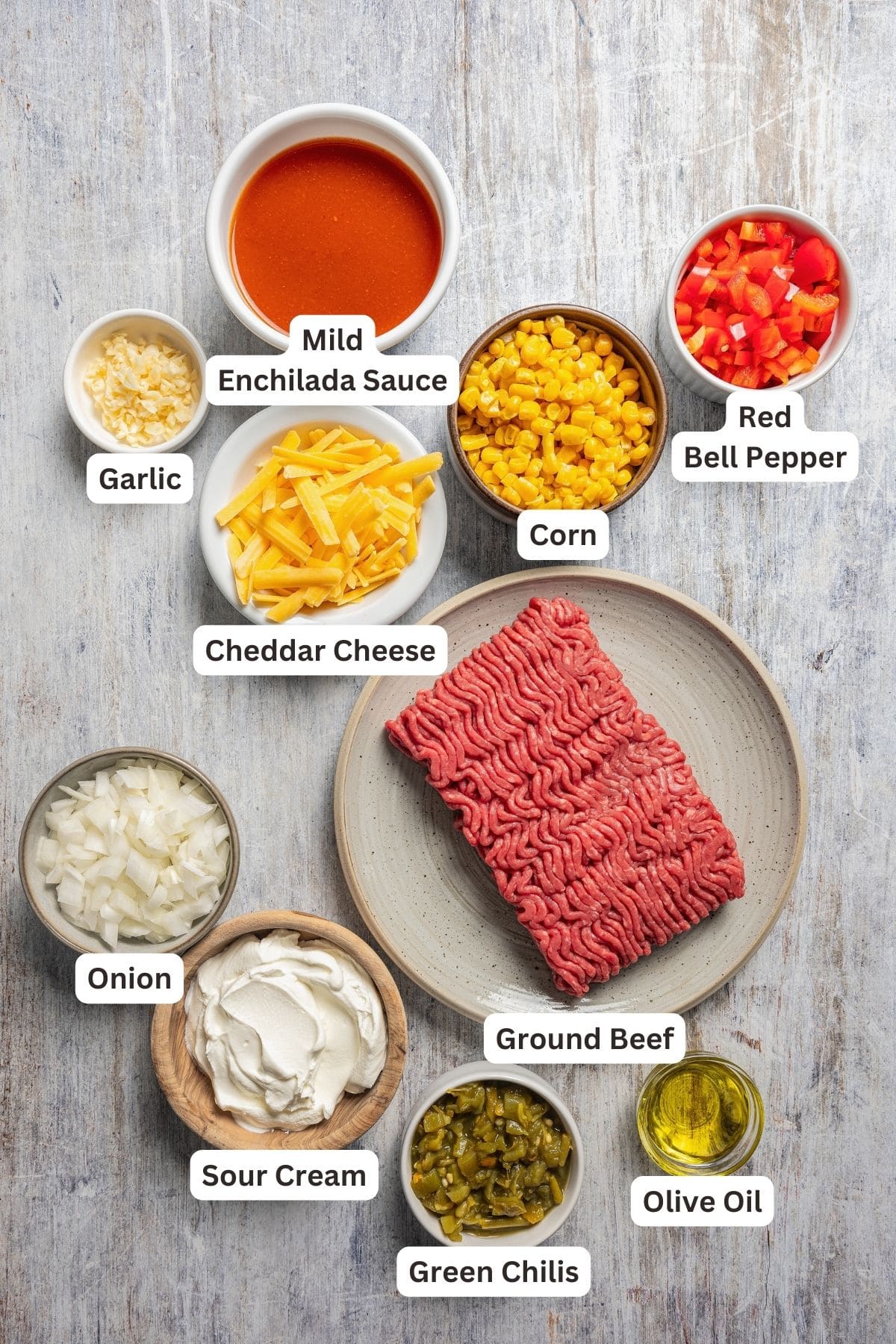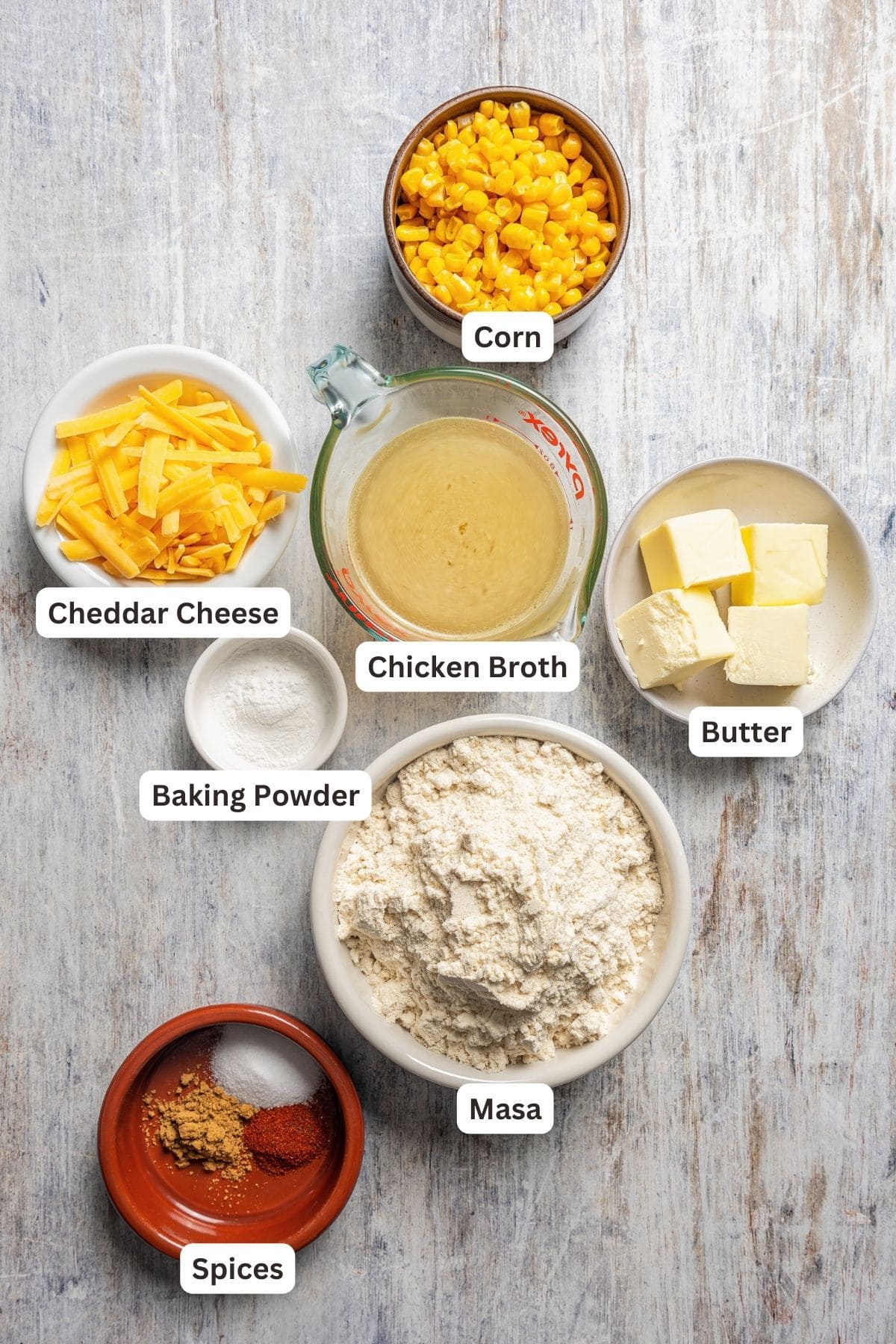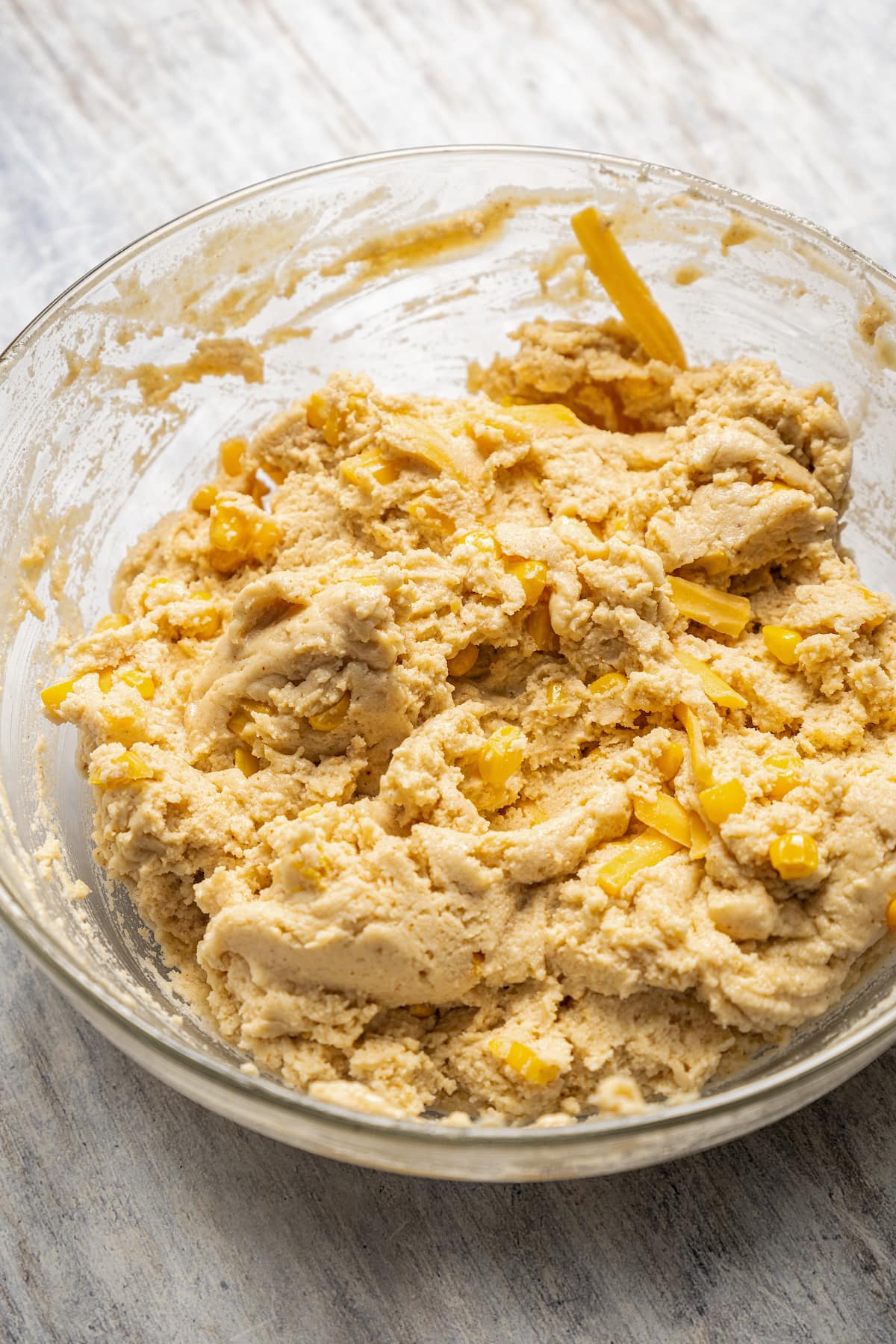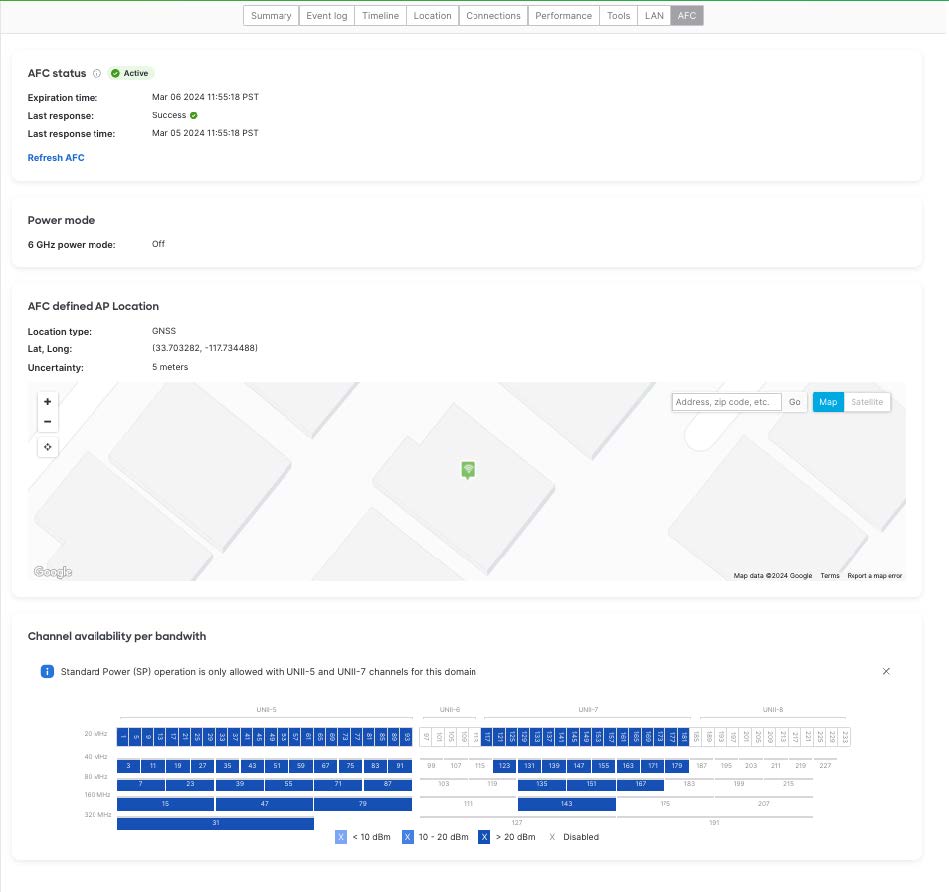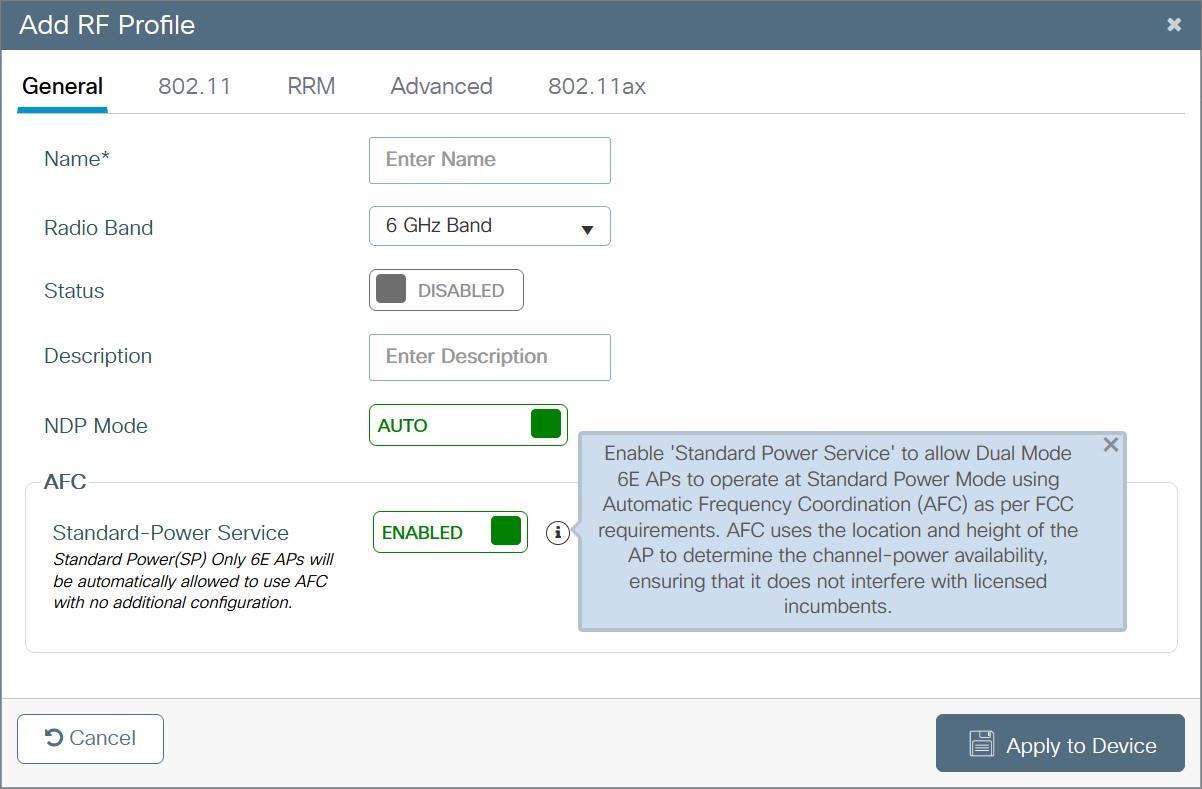Understanding Comprehensive Medical Coverage
Comprehensive health insurance (or major medical insurance) covers various medical services many of us need and expect. It’s designed to cover routine and unexpected healthcare needs, including doctor’s visits, hospitalizations, surgeries, prescriptions, and other types of medical care. At its core, comprehensive health insurance is meant to offer financial protection against medical expenses. Major medical insurance covers a broad range of healthcare services that may not be covered by other types of health insurance plans with more limited benefits.
Many Americans have major medical insurance through their employers, but it’s not the only option available. Below, Custom Health Plans discusses the differences between different types of health insurance for those with questions or concerns. If you’re seeking comprehensive medical care in the Dallas-Fort Worth metroplex or elsewhere in Texas, you’ve come to the right place. Our friendly, knowledgeable brokers have answers and can help you compare various health insurance plans.
What Are the Different Types of Health Insurance?
Proactively securing health insurance is essential to protecting you and your loved ones. If you’re shopping around for medical insurance coverage for yourself or your family, you must first understand your options. Some of the most common different types of health insurance plans include:
- Comprehensive Health Insurance – This type of plan covers a wide range of medical services, including hospital stays, surgeries, prescriptions, emergency room visits, and more.
- Catastrophic Health Insurance – This type of plan provides coverage for major medical expenses after you meet a high deductible.
- HMO (Health Maintenance Organization) – An HMO plan typically has lower out-of-pocket costs but may limit your choice of healthcare providers.
- PPO (Preferred Provider Organization) – A PPO plan allows you to see any healthcare provider but typically has higher out-of-pocket costs.
- Short-Term Health Insurance – Short-term plans may offer lower premiums but higher out-of-pocket expenses when you need medical care. However, they may be a suitable gap option for someone in between jobs or who has missed their employer’s open enrollment period.
What Does Comprehensive Health Insurance Cover?
Comprehensive health insurance typically covers the costs associated with most routine doctor’s visits and other necessary medical treatments for illnesses and injuries. This may include preventative care, such as routine check-ups and screenings to detect potential health problems as early as possible. It may include treatments for chronic conditions, such as diabetes or cancer. Some comprehensive health insurance plans may even cover dental and vision care depending on the specific provider and plan. These are the types of medical care usually covered through a comprehensive health insurance plan, though they may vary by plan tier, so always check with your provider for more specifics:
- Preventative care, including chronic disease management
- Emergency room care
- Urgent care
- Outpatient care
- Hospitalizations
- Surgeries and other procedures
- Diagnostic testing, including labs
- Prescription drugs
- Mental health care
- Pregnancy, maternity, and newborn care
- Rehabilitative services and equipment
- Pediatric services
How Does Major Medical Insurance Differ From Other Types?
Comprehensive health insurance differs from other types of coverage in that it includes a wide range of medical services rather than focusing on one specific area. For example, catastrophic health insurance only covers major medical expenses after you meet a high deductible, while an HMO plan may limit your choice of healthcare providers who are considered in-network. Comprehensive health insurance is exactly what it sounds like – more comprehensive coverage than most other health insurance plans. If you frequently need medical care for a chronic condition, having more extensive health insurance coverage may be beneficial. Additionally, if you value having more flexibility with your healthcare provider network, comprehensive health insurance may be a good option.
What Are the Benefits of Comprehensive Health Insurance?
Could you use comprehensive health insurance? Definitely, unless you’re independently wealthy (which most of us aren’t). All it takes is one life-threatening medical emergency involving surgery or hospitalization to put most Americans on the path to financial ruin. Peace of mind that you’re protected against unexpected healthcare costs is one of the biggest benefits of comprehensive health insurance.
Because it typically includes preventative care coverage, you can catch potential health issues early enough to make a difference in your diagnosis and treatment. This can help reduce your overall healthcare costs in the long run. Comprehensive health insurance also usually gives you access to a larger network of healthcare providers, giving you more freedom about where to go for your comprehensive medical care in the DFW metroplex and elsewhere across Texas.
Costs of Comprehensive Health Insurance – Are They Worth It?
You’re not alone if you’re looking for the best medical insurance coverage at the most affordable price. Comprehensive health insurance costs can vary depending on factors such as your age, location, tobacco use, and current health status. Different plans and tiers will determine how much you pay in premiums, deductibles, and out-of-pocket costs. Generally, these plans tend to be more expensive than other types of limited-benefit health insurance due to their extensive coverage. However, many employers offer comprehensive health insurance as part of their employee benefits packages, which can help offset their costs. This type of coverage can also be obtained through the Affordable Care Act (ACA) marketplace and directly through a health insurer or third-party broker.
Determining If Comprehensive Health Coverage Is Right for You
Whether or not comprehensive health insurance is the right choice for you depends on your individual needs and circumstances. Consulting with a trusted insurance provider can help guide you in making an informed decision. Custom Health Plans tailors health insurance plans for Texas individuals, families, small businesses, and the self-employed. Whether you reside in the DFW metroplex, Plano, Austin, Houston, or San Antonio, we can help you find the best health insurance plan for your needs and budget. We specialize in creating customized, affordable health insurance plans. If you’re on the fence about comprehensive health coverage, we can help you determine if it’s a good fit for you and your family. We work with many of the nation’s top health insurance providers, including:
- Aetna
- Cigna
- Humana
- United Health One
- BlueCross BlueShield of Texas
Safeguard Your Future With a Customized Health Insurance Plan
Having some form of health insurance coverage is crucial for safeguarding your financial well-being and ensuring access to quality healthcare when you need it. However, it’s critical to consider your budget and needs when deciding on the right type of health insurance coverage for yourself and your family. With comprehensive medical care and coverage, you can have the assurance of being well-protected for a variety of medical services in case of unforeseen health issues. Contact Custom Health Plans to speak with one of our friendly insurance agents to determine if this type of major medical insurance is the best fit for your situation. Don’t wait until it’s too late – invest in a healthier, more secure tomorrow today!

















